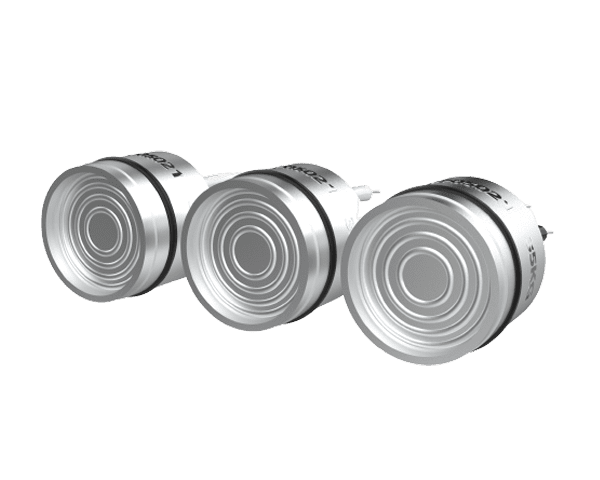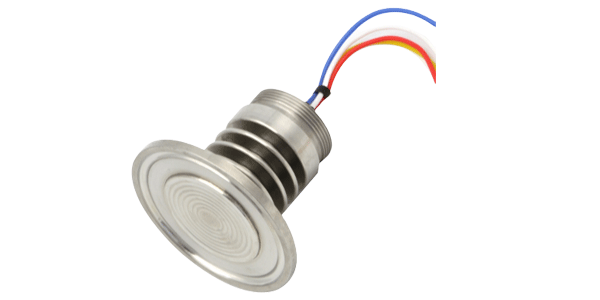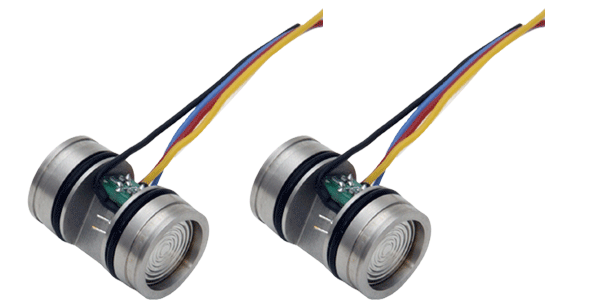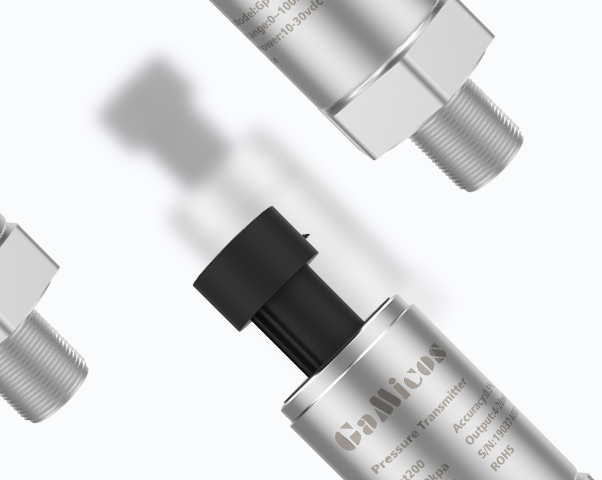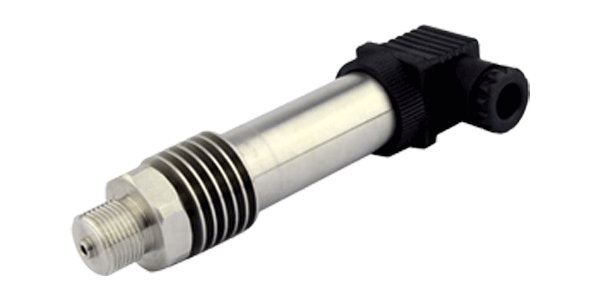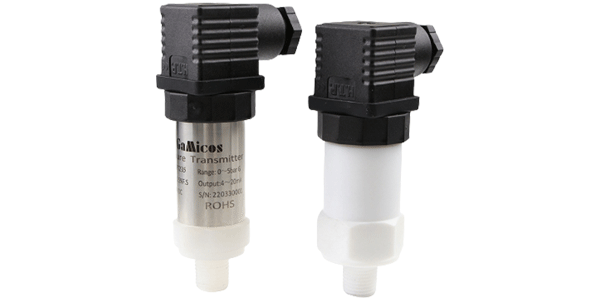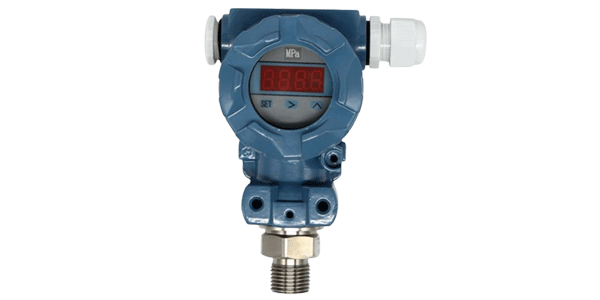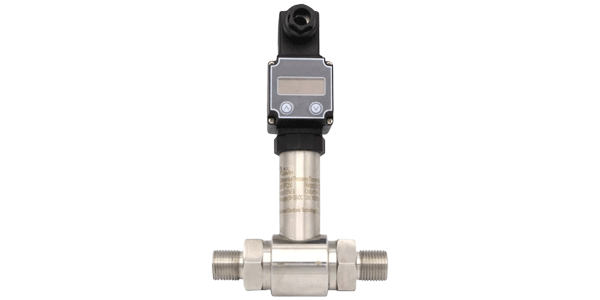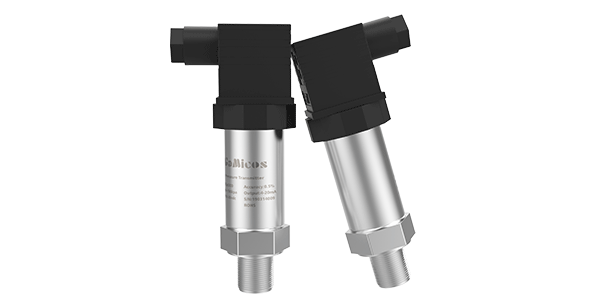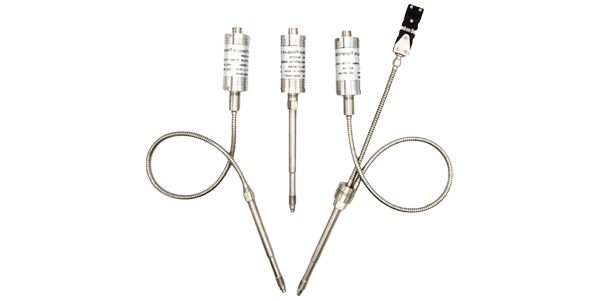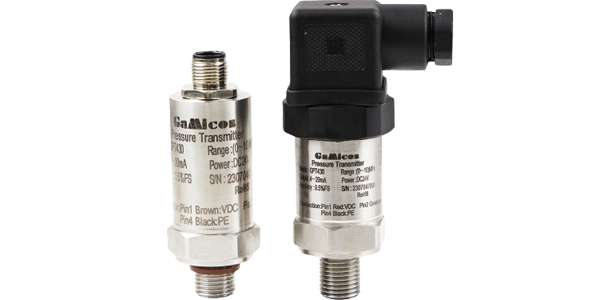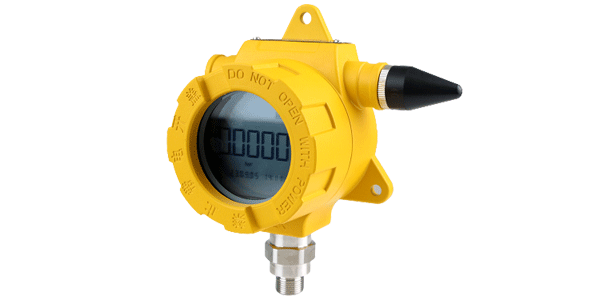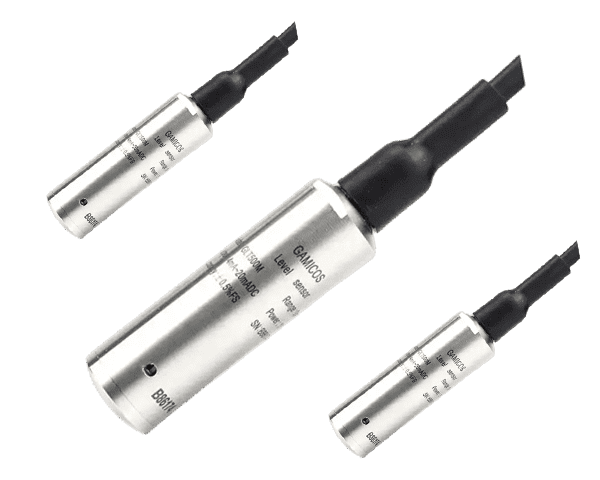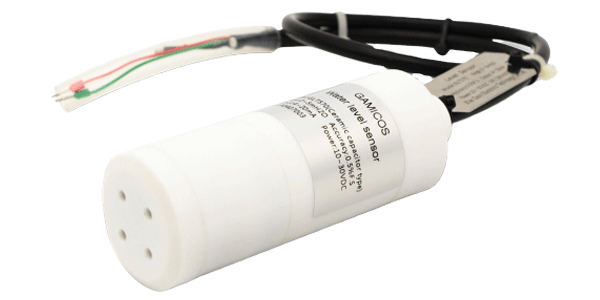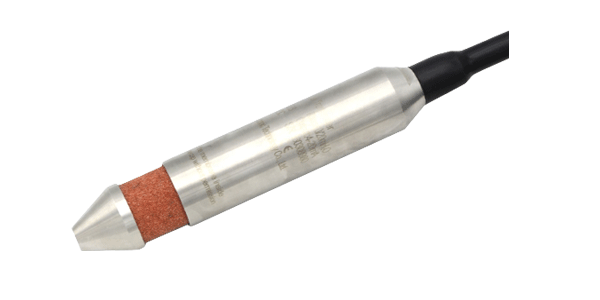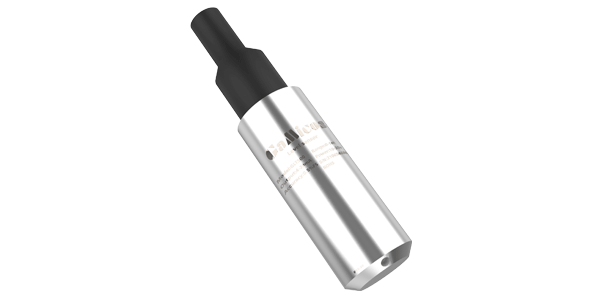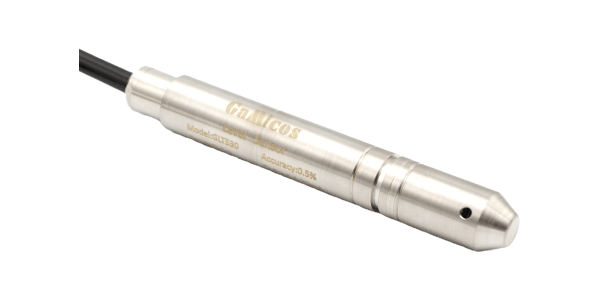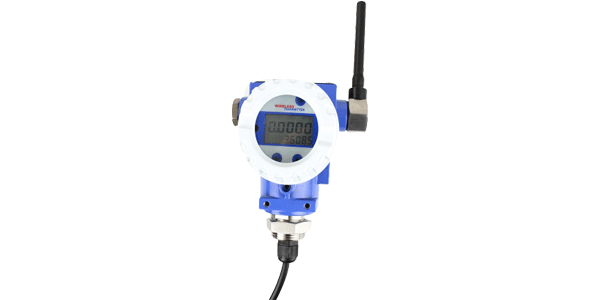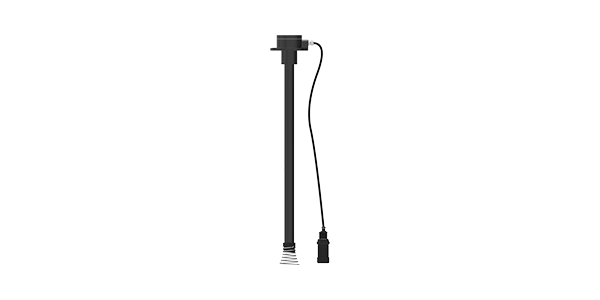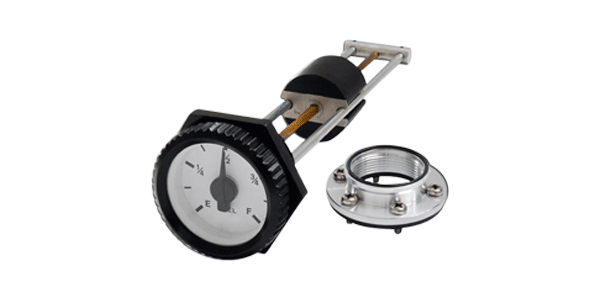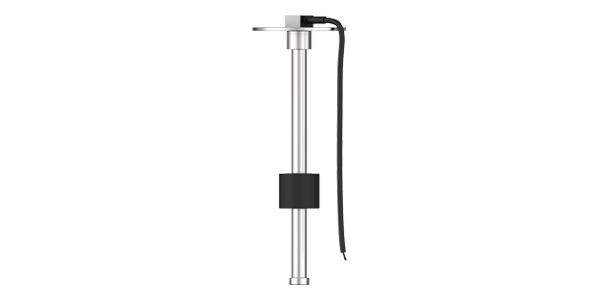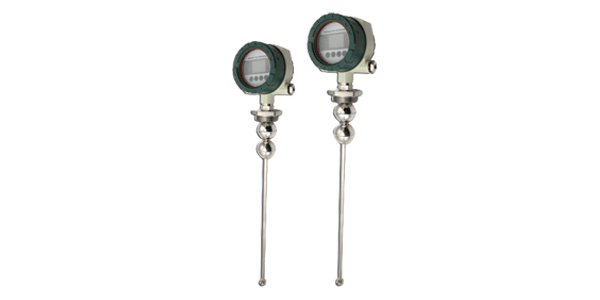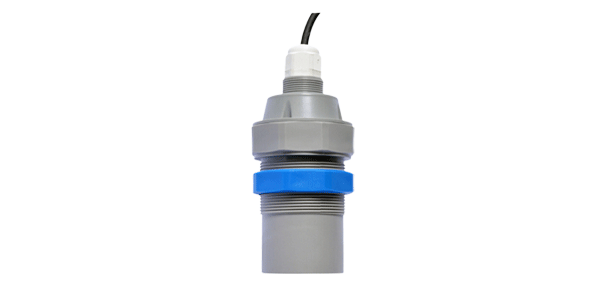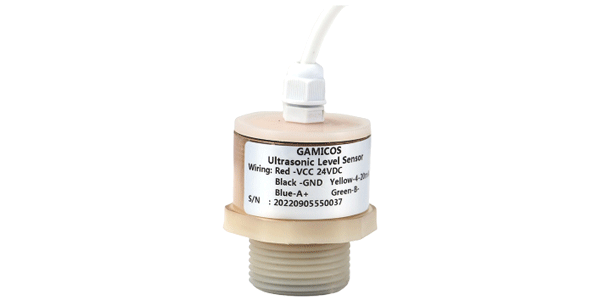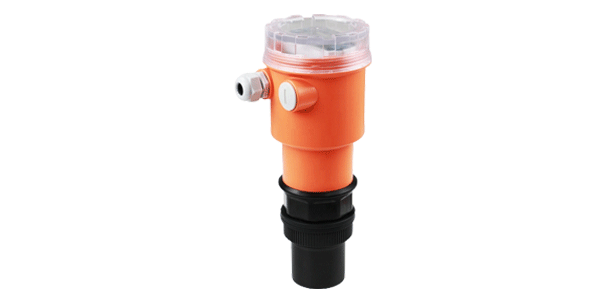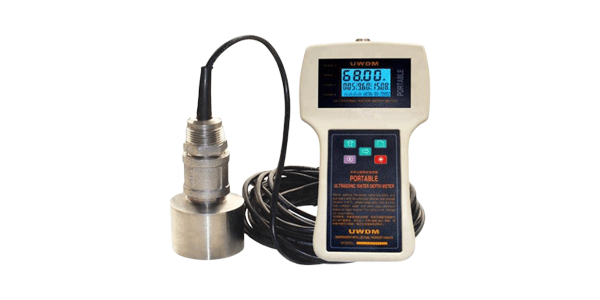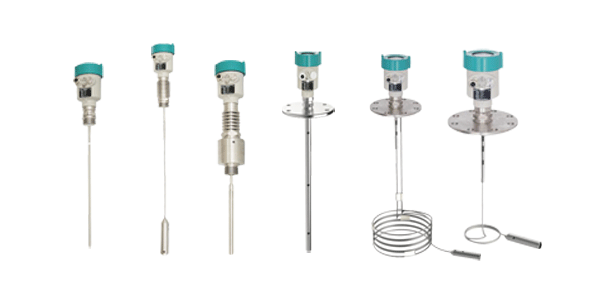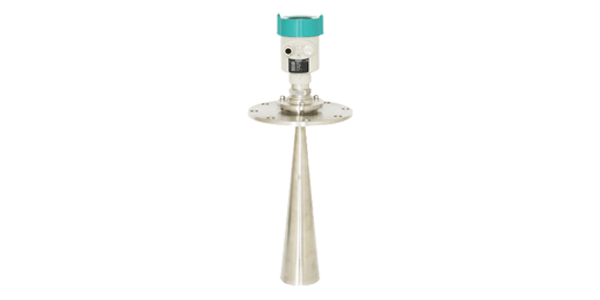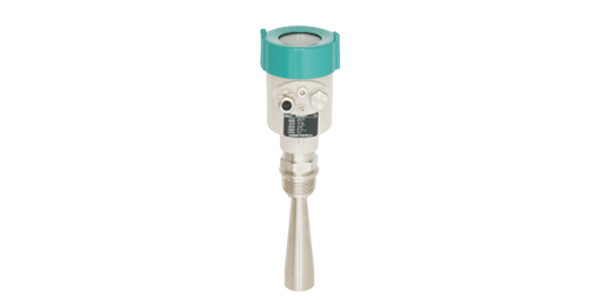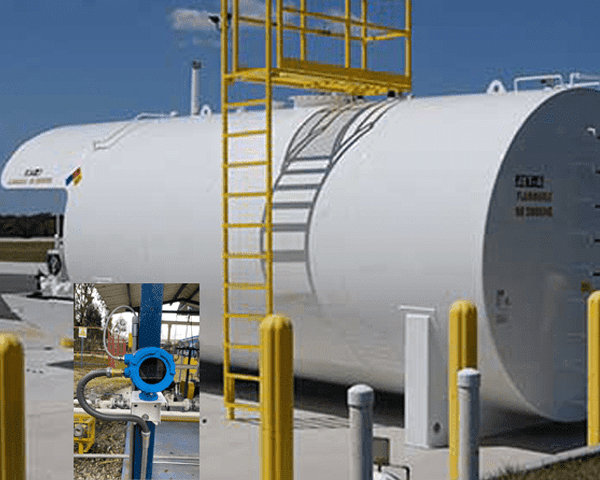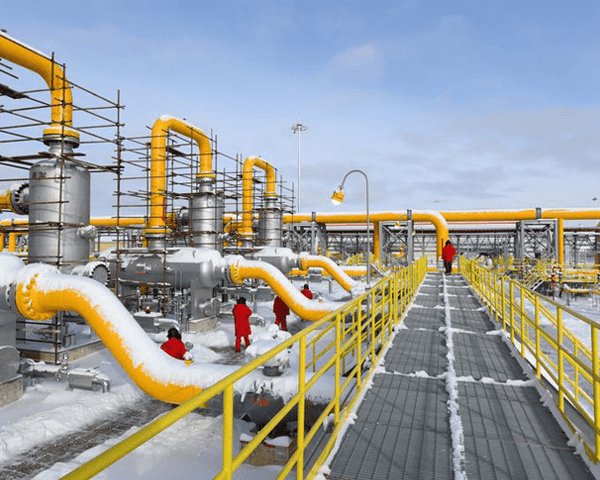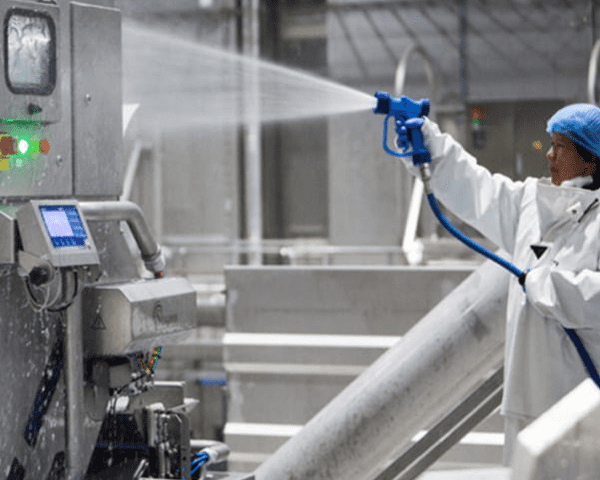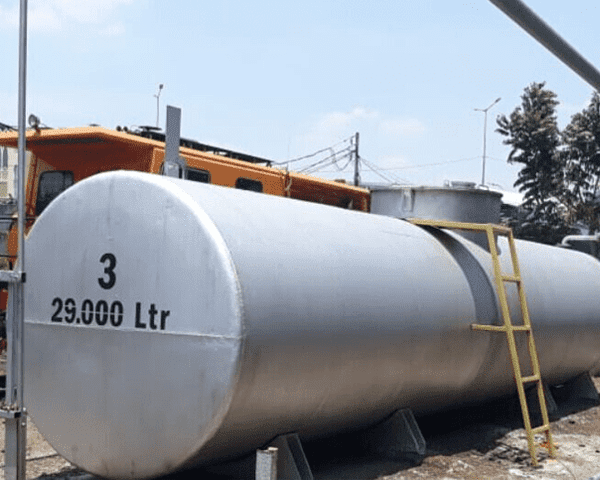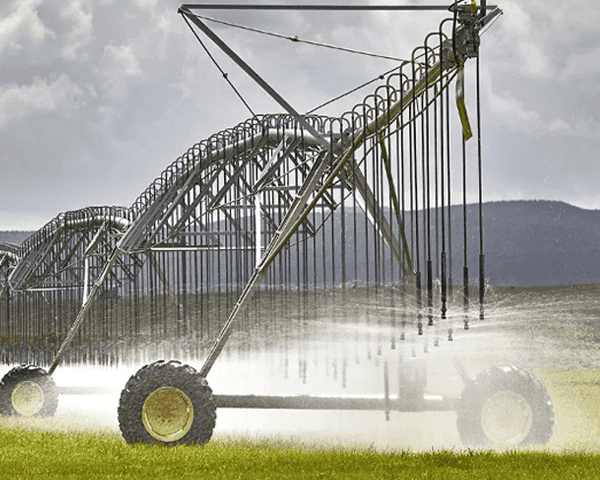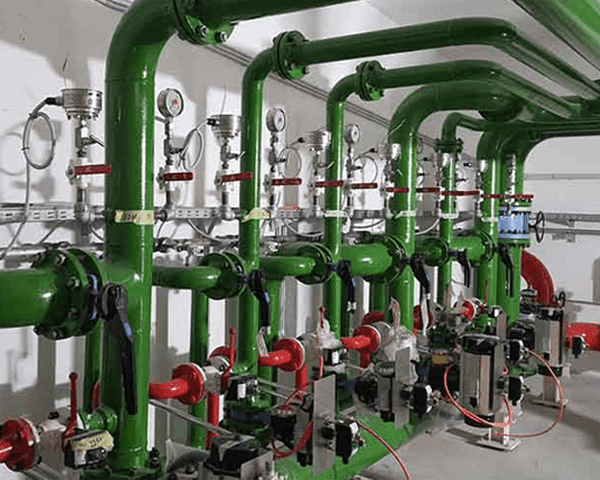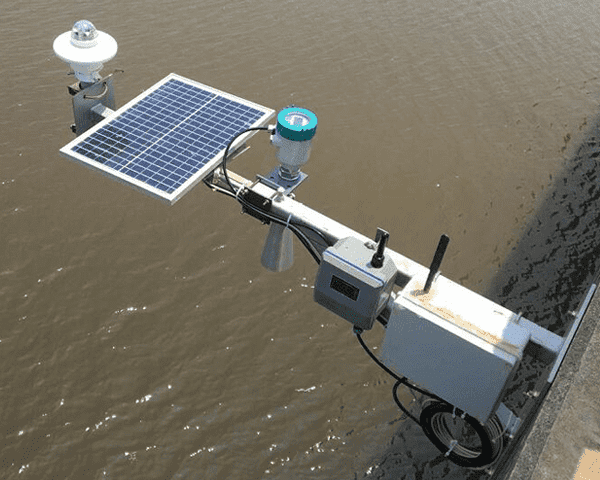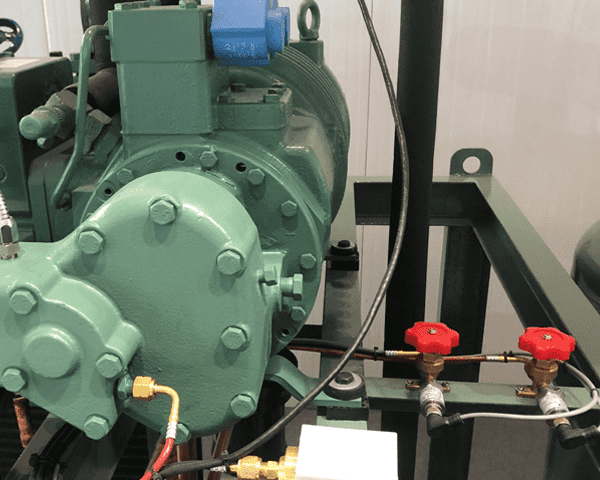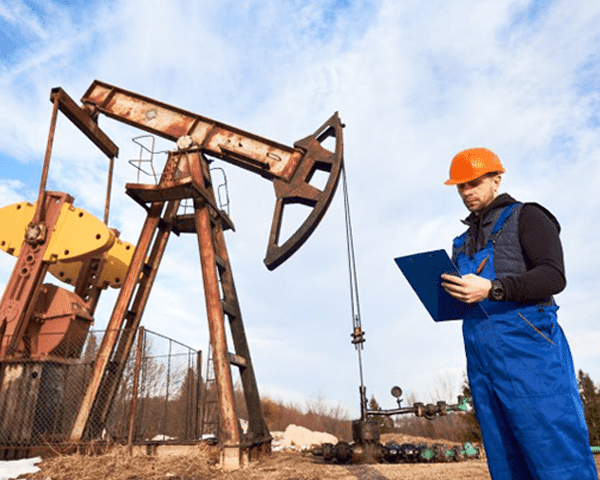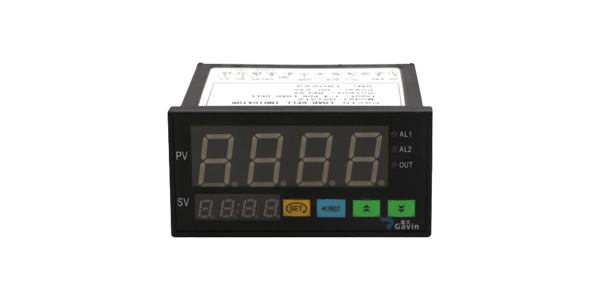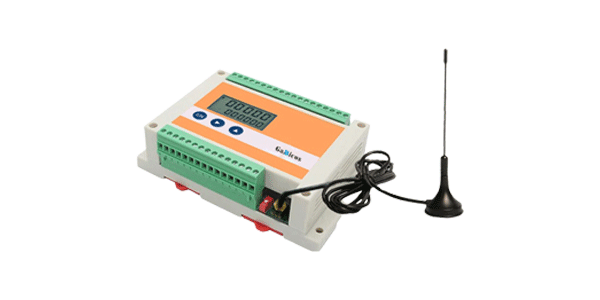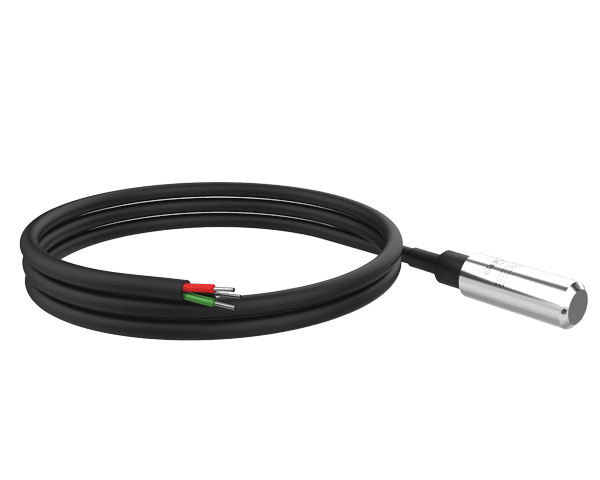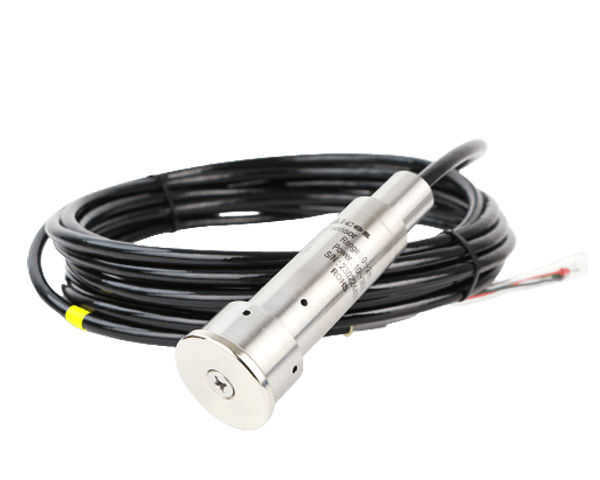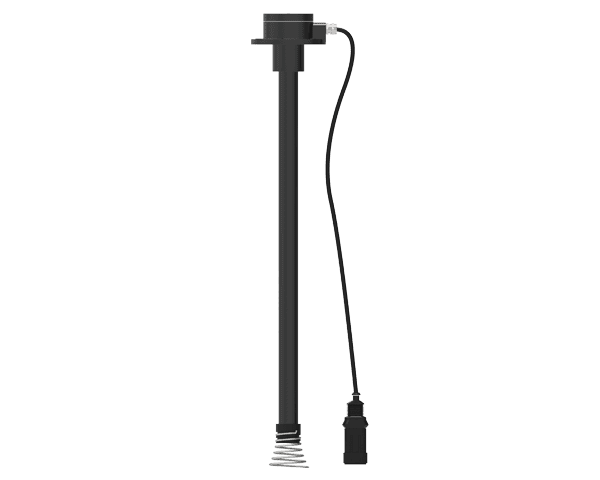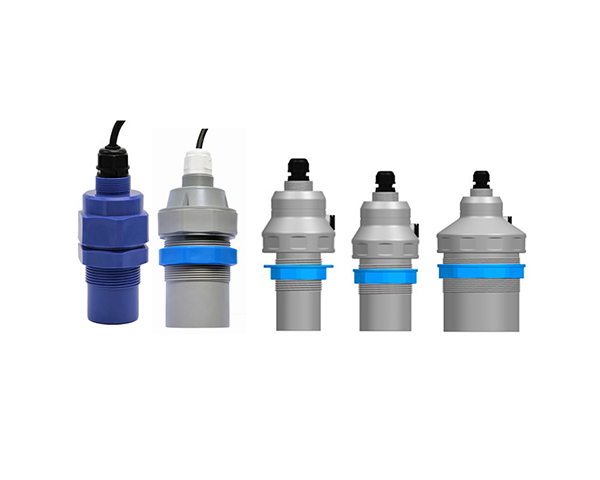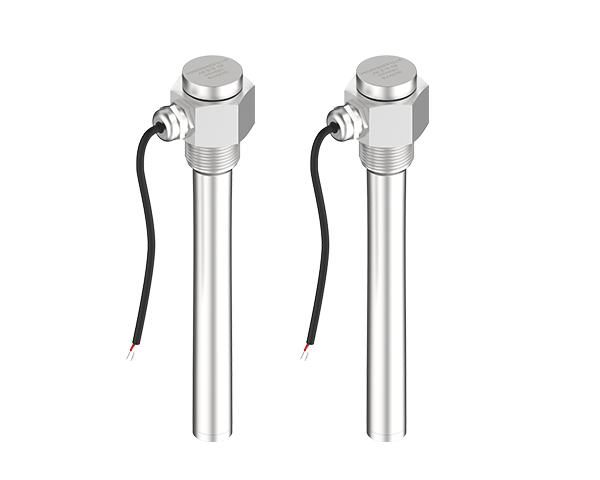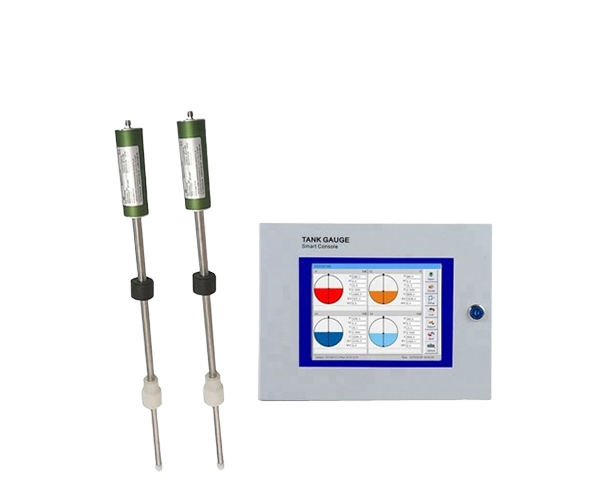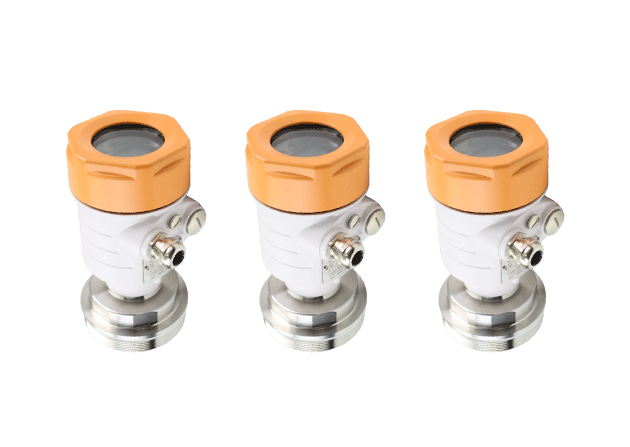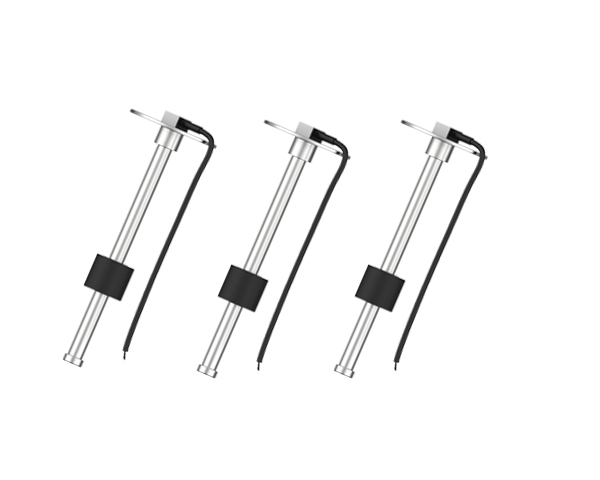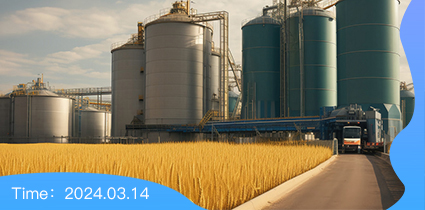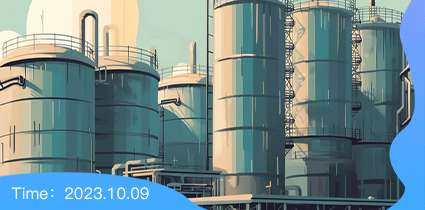Customer Background
A shipping group in China operates a modern fleet comprising from more than 80 ships of various types, including tankers, bulk carriers, container ships, etc. The fleet takes great important place with cargo volume exceeding 50 million tons. The ships of the company have various types, and the cabin structures of different ships are complex. The measured medium includes fuel tank level, ballast tank water level, and drink water tank level,etc. At present, the fleet mainly uses traditional float level sensors, they are unable to meet current operational management needs, and new level measurement solutions are needed.
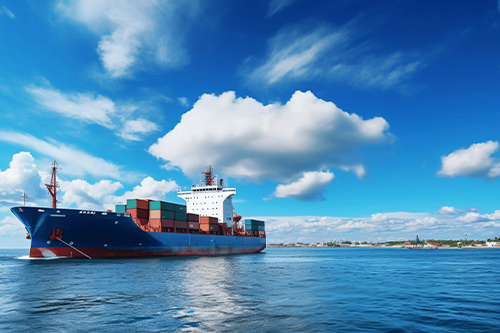
Customer Pain Points
1.Accuracy:Ships face complex environments during operation like bumping and shaking, etc. This places extremely high demands on the accuracy of liquid level measurement.
2.Environmental adaptability problem: The ships are in a harsh environment of high salt, high humidity and high vibration for a long time. Traditional liquid level sensors like float type, pressure type, the mechanical parts of them are susceptible to corrosion, scaling or temperature fluctuations, resulting in data drift or equipment failure.
3.Complex cabin structure: The ships’ cabin structure are complex, the liquid surface may produce foams or fluctuations because of shaking. For sensors, accurately identifying the true liquid level, and avoiding the interference of foams and fluctuations has become a major challenge.
Product Recommendation
GAMICOS GLT74 series radar level gauges are designed to meet the complex needs of ship level monitoring. The product has the following characteristics,
High accuracy measurement:The GLT74 Radar level meter adopts advanced electromagnetic waves, it can realize high-precision level measurement in complex ship environments without the interference of medium density, temperature, and pressure,etc. The measurement error is within ±3mm, this ensures the accuracy of the vessel level data.
Non contact level measurement: The product emits the electromagnetic waves, and receives the reflected waves, calculates the liquid level without contacting with the measured medium directly. It can avoid the device damages caused by medium corrosion and adhesion. It largely extends equipment life and reduce maintenance costs.
Strong adaptability: GLT74 series has outstanding anti-interference ability, it can work stably under the conditions of strong vibration, electromagnetic interference and adverse weather. At the same time, it is compatible for various types of medium, including fuel, sea water,fresh water and sewage,etc.
Intelligence and remote monitoring:supports multiple communication protocol, such as 4-20mA, Hart, Modbus, they are easy to integrate with ship automation control system, and realize real time remote monitoring and data transfer. The operators can obtain liquid level data at any time through the ship's central control room or remote terminal and make timely decisions.
Customer Solution
Targeting the shipping company’s pain points, we recommended GAMICOS radar level meter to them, and developed the following solutions.
1.Equipment selection and installation:Choose the appropriate type of radar level gauge according to different cabins of the ship. For oil tanker fuel tank, we recommended GLT741 80G radar level meter. The product has anti-corrosive PTFE antennas to avoid oil vapor and seawater corrosion. It adopts explosion-proof structure design, and product accuracy is ±1mm. It is installed with DN80 flange, and performs zero point calibration when the tank is empty to compensate for the impact caused by the irregular bottom of the tank. It performs full scale calibration when the tank is full to avoid false liquid level. For ship ballast tanks and fresh water tanks, GLT744 radar level sensor is recommended. It has an integrated design, protection level IP68, mounting thread G2, accuracy ±3mm. The installation position should avoid the inlet and outlet of the water tank to ensure reliable and stable measurement process.At the same time, the equipment is waterproof, dustproof, shockproof to adapt to the harsh working environment of the ship.
2. System integration:Integrate radar level gauge with ship automation control system through communication protocol to realize real time data collection, transfer and processing. In the monitoring system of the central control room, the liquid level alarm threshold is set. When the liquid level exceeds or falls below the set value, the system automatically sends out an audible and visual alarm signal to remind the operator to deal with it in time. At the same time, through the data analysis software, the liquid level data is deeply analyzed to provide decision support for the operation and management of the ship.
3. Personnel training:Provide professional training service to the crew and technicians of the shipping company, including the working principle of radar level meter, operation methods, routine maintenance and simple troubleshooting, etc. Through theoretical lectures, practical operation drills and other methods, we ensure that relevant personnel can master the use and maintenance skills of the equipment and ensure the normal operation of the equipment.
4. After-sale service:Set up complete after-sale service system, provide 7x24H technical support, regularly inspect and maintain the radar level meter to promptly resolve problems that arise during equipment operation. At the same time, we provide device upgrading and software updating service. They ensure the device always maintain good performance.
Solution Effects
After using radar level meter, the shipping company achieved remarkable results. The accuracy of liquid level measurement has been greatly improved, and data fluctuations have been significantly reduced, providing a reliable basis for accurate loading of ships. Fuel consumption has been reduced by 8%, effectively saving operating costs. The non-contact measurement feature of the device extends its service life to more than 5 years and reduces maintenance costs by 60%. Through the remote monitoring function, the crew does not need to frequently go to the cabin for manual measurement. It improves work efficiency by more than 50% and reduces safety risks. Even in bad weather and complex sea conditions, the radar level gauge can still measure the liquid level stably and accurately, ensuring the safe navigation of the ship.
